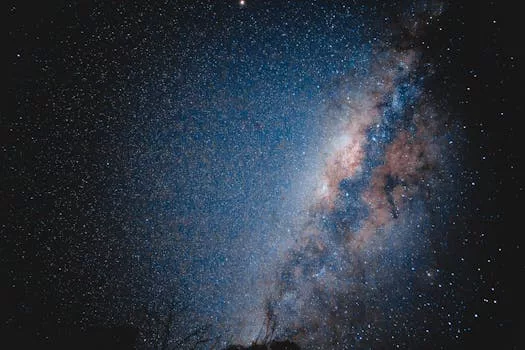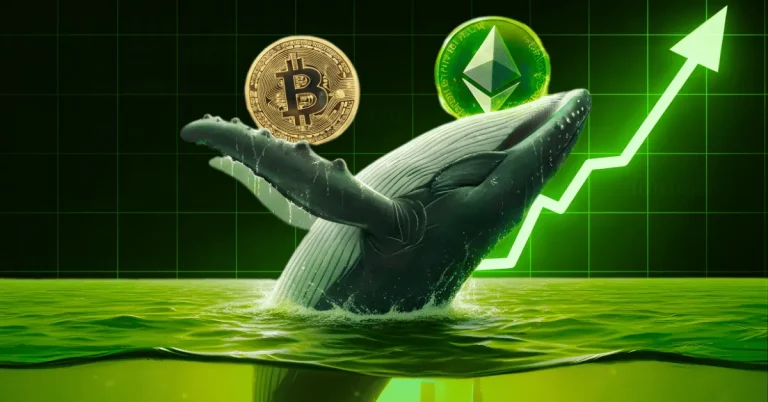
“
Beyond the Milky Way: Imagining New Worlds and Possibilities
Imagining New Worlds and Possibilities Beyond the Milky Way, the galaxy we call home, has been a source of fascination for humans for centuries. As we continue to explore and understand our place in the universe, we are drawn to the possibility of discovering new worlds and civilizations. In this article, we will delve into the mysteries of the universe, exploring the potential for life beyond our galaxy and the possibilities that lie ahead.
Introduction to the Milky Way
The Milky Way is a barred spiral galaxy, consisting of hundreds of billions of stars, as well as various types of interstellar gas and dust. It is estimated to be approximately 100,000 light-years in diameter, and is thought to contain between 200 and 400 billion stars. The Milky Way is just one of billions of galaxies in the observable universe, each with its own unique characteristics and features.
Exploring the Universe Beyond the Milky Way
As we look beyond the Milky Way, we are met with a vast expanse of unknown territory. The universe is estimated to be around 13.8 billion years old, and in that time, it has expanded to an enormous size. The most distant objects we can see are over 13 billion light-years away, and it is likely that there are many more galaxies and stars beyond what we can currently observe. For more on this vastness, check out our post on Galaxies of Dreams.
Possibilities for Life Beyond the Milky Way
The possibility of life existing beyond the Milky Way is a topic of much debate and speculation. With the discovery of exoplanets, which are planets that orbit stars other than the Sun, the potential for life existing elsewhere in the universe has increased significantly. Many of these exoplanets are believed to be located in the habitable zones of their respective stars, where conditions are suitable for life as we know it. This intriguing subject is further explored in our article on Cosmic Creativity.
Imagining New Worlds and Possibilities
As we continue to explore the universe, we are drawn to the possibility of discovering new worlds and civilizations. The potential for life existing elsewhere in the universe is a tantalizing prospect, and one that has captivated human imagination for centuries. From science fiction to scientific fact, the idea of exploring and discovering new worlds is a driving force behind space exploration and research. For insights on how imagination plays a role in this exploration, read our post on Stellar Inspirations.
Takeaways
- The Milky Way is just one of billions of galaxies in the observable universe.
- The universe is estimated to be around 13.8 billion years old and has expanded to an enormous size.
- The possibility of life existing beyond the Milky Way is a topic of much debate and speculation.
- The discovery of exoplanets has increased the potential for life existing elsewhere in the universe.
- Exploring the universe and discovering new worlds is a driving force behind space exploration and research.
Conclusion
In conclusion, the possibilities that lie beyond the Milky Way are endless and fascinating. As we continue to explore and understand our place in the universe, we are drawn to the possibility of discovering new worlds and civilizations. Whether through science fiction or scientific fact, the idea of exploring and discovering new worlds is a driving force behind human imagination and ingenuity.







